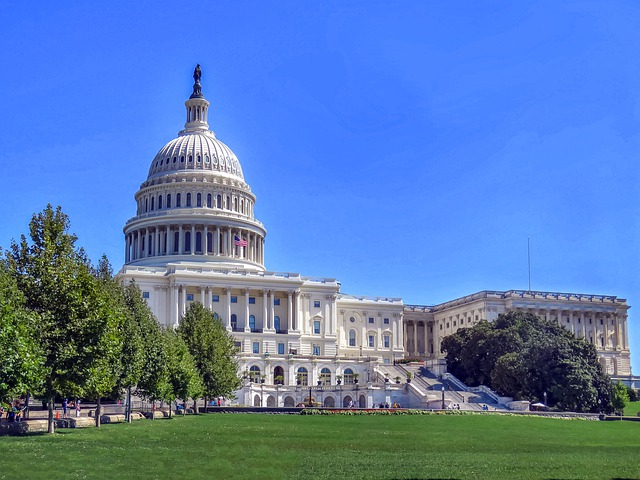The Midterm Election: What Do The Results Mean for Education?
How the recent midterm election cycle will impact schools across the country

Everything about elections has been weird (well, since the beginning of elections) but it feels even more so now. From a surprisingly large contingent of the U.S. (40%!) that believes the last presidential election was stolen to polls that are no longer accurate at predicting who will win, it has been a wild ride.
This election pollsters had some numbers wrong as the winds felt as if it would indeed be a huge red wave at the federal level. Instead it was a red trickle.
Now we have split chambers, however, what does this mean for education? Let’s take a look.
The Midterm Elections: Split Chambers and Education
For some, split chambers may not be what they’d like to see for education, but in my time in the field, one of the biggest events in education happened when Congress was controlled by Republicans and the president was a Democrat: The passage of the Every Student Succeeds Act. ESSA was the first federal piece of education legislation to provide flexibility for educators to start teaching in personalized ways, allow for multiple measures for accountability, and create multiple systems of assessments. It was groundbreaking for education policy.
For me, it was truly a beautiful thing to watch senators Lamar Alexander (R) and Patty Murray (D) come together to work on the Every Student Succeeds Act. President Obama even called the signing of this bill a “Christmas Miracle” when he signed it.
ESEA Reauthorization?
Although it was eligible to be reauthorized in 2021, we likely won’t see the reauthorization of the Elementary and Secondary Education Act (ESEA) in the next two years or so. However, it likely won’t be too long until Congress starts eyeing reauthorization as a priority.
Some leading nonprofits and think tanks in the education space have already started putting recommendations out for ESEA upgrades. For example, Knowlegeworks have released their policy recommendations here, which include:
Tech & Learning Newsletter
Tools and ideas to transform education. Sign up below.
- Improving and expanding the Innovative Assessment Demonstration Authority.
- Increasing formula funding for state assessment systems and triple funding for the Competitive Grants for State Assessment (CGSA) program with a priority on state assessment designs that support student-centered teaching and learning approaches, such as personalized and competency-based learning.
- Provide states the opportunity to explore new approaches to school accountability.
The National Center for the Improvement of Educational Assessment also released some policy recommendations in anticipation of the ESEA reauthorization, which includes recommending balanced assessment systems and assessment sampling, maintaining equity, and aligning technical assessment requirements with the purposes of the assessment.
So What’s the Impact of this Election?
Although we aren’t quite ready to see any movement at the federal level, experts and activists expect the most impact of the recent elections will be seen at the state level.
For example, several states are looking at some variation of “reinventing” high school, including Indiana, where Speaker Todd Huston (R-Fishers) said a top priority for House Republicans is “to ‘reinvent’ high school, so that students can work and use job-based opportunities to receive credit toward graduation.”
In Iowa, after a failed attempt last session, the focus will be on creating a private school scholarship program in the state.
In New Hampshire, $5.7 million of ESSER funds have been spent on Prenda, which states that it is a “unique education option that connects students with local microschools. Caring individuals, called Guides, run these microschools from their homes or other suitable locations while Prenda provides the learning experience, state standard-aligned curriculum, and supportive community.”
The tensions of public, charter, and private schools will be strong this session. Technology will still be part of the debate, mostly in terms of how much funding. Gender and race challenges will also again be a hot topic. Other issues will undoubtedly pop up, but one thing is for sure -- the battles will be the strongest at the state and local level for the time being.
Still, don’t get comfortable because ESEA reauthorization is right around the corner.
Susan comes from a strong policy background as a former staffer in the United States Senate and Legislative Aide in the Iowa House of Representatives.
Along with experience at both federal and state levels, she served as the Deputy Executive Director for the Center for Digital Education, worked for a government relations firm in Arlington, VA and heavily worked on federal and state education policy at iNACOL, where she wrote published reports to move the field forward with innovative learning models, best practices, and policy recommendations.

